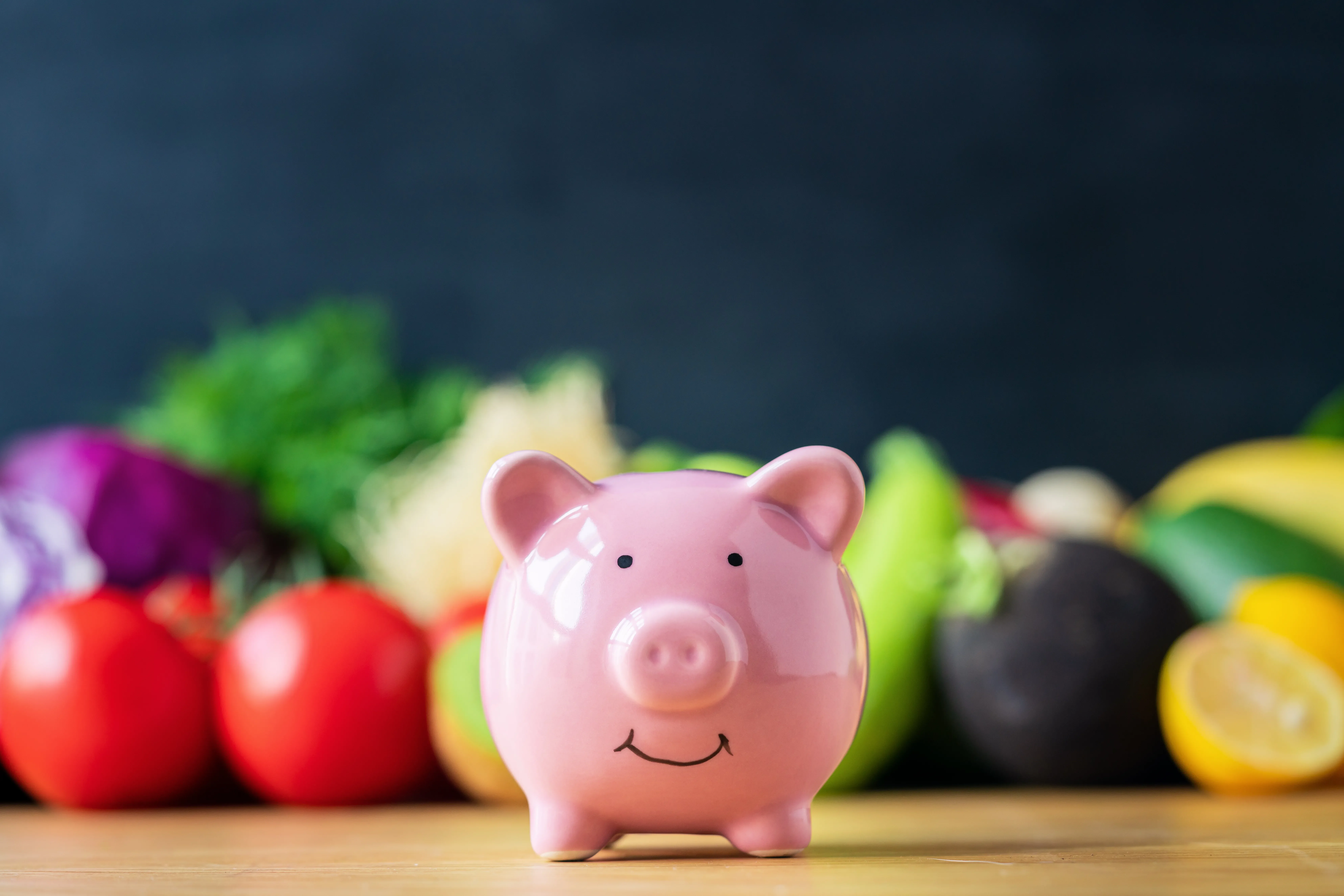5 Tips For Healthy Food Shopping While On A Budget
It can be challenging to stay cost-conscious while on a mission to eat healthy. Use the tips below to stick to your plan at the grocery store.
1. Buy frozen produce. Frozen fruits and vegetables are often less expensive than fresh ones. Frozen at the peak of freshness, these vegetables are nutritious and have a longer shelf-life, which can result in less waste. When choosing frozen produce, look for options without sauces and seasonings, which can add excess salt or sugar.
2. Make a plan. Create your healthy menu ahead-of-time. Before going to the store, check your pantry and fridge to ensure you don’t buy extra items you already have. Finally, make a list so you know what you need to buy and stick to the plan. Last-minute additions to your grocery cart can often sabotage your diet– and your budget.
3. Hunt for deals. Look for weekly and monthly deals online, or in your store’s coupon book, before planning your menu and heading to the store. This will help you stay on budget for lean proteins and plenty of produce.
4. Alternate your proteins. Make your dollars stretch by using dried beans, peas and lentils. These legumes are full of wonderful plant-based protein and fiber, and they are typically less expensive than other forms of healthy protein, like lean meat and fish.
5. Shop seasonally. Buying food that is in season is often more cost-effective because it is more plentiful. In season produce also contains more nutrients, because fruits and vegetables lose some nutritional value in transport. In the fall, enjoy items such as apples, pumpkins and sweet potatoes. In the summer enjoy corn, peaches and tomatoes. Use the USDA guide to seasonal produce to help you choose more healthy options.

Ashley Reed, RDN, is a Registered Dietitian Nutritionist. She works at Chesapeake Regional’s Lifestyle Health & Fitness Center in Diabetes and Nutrition Services.